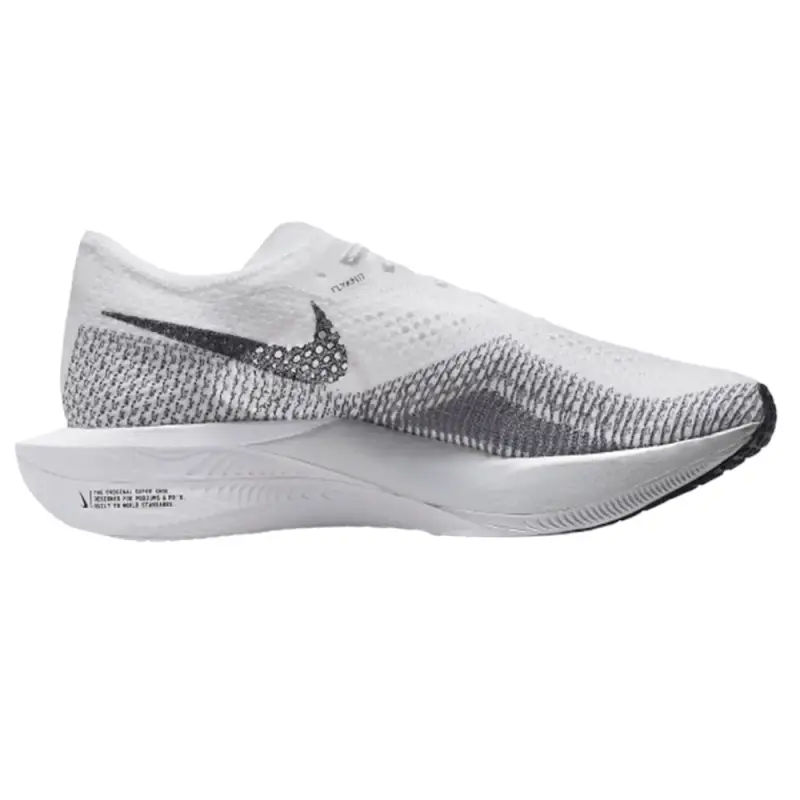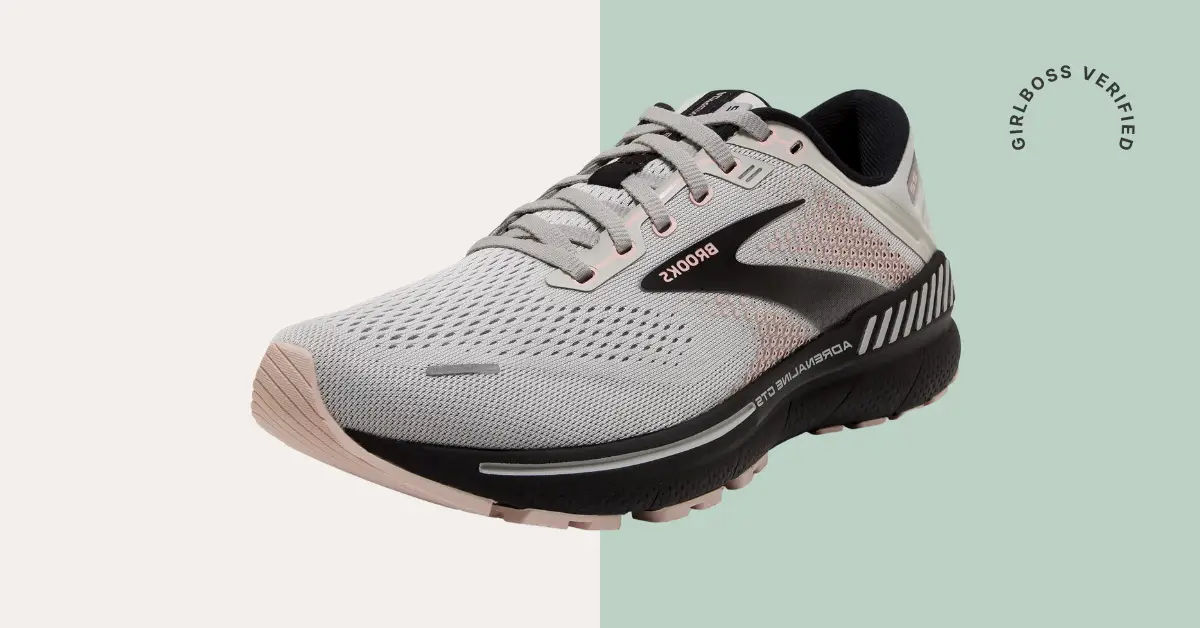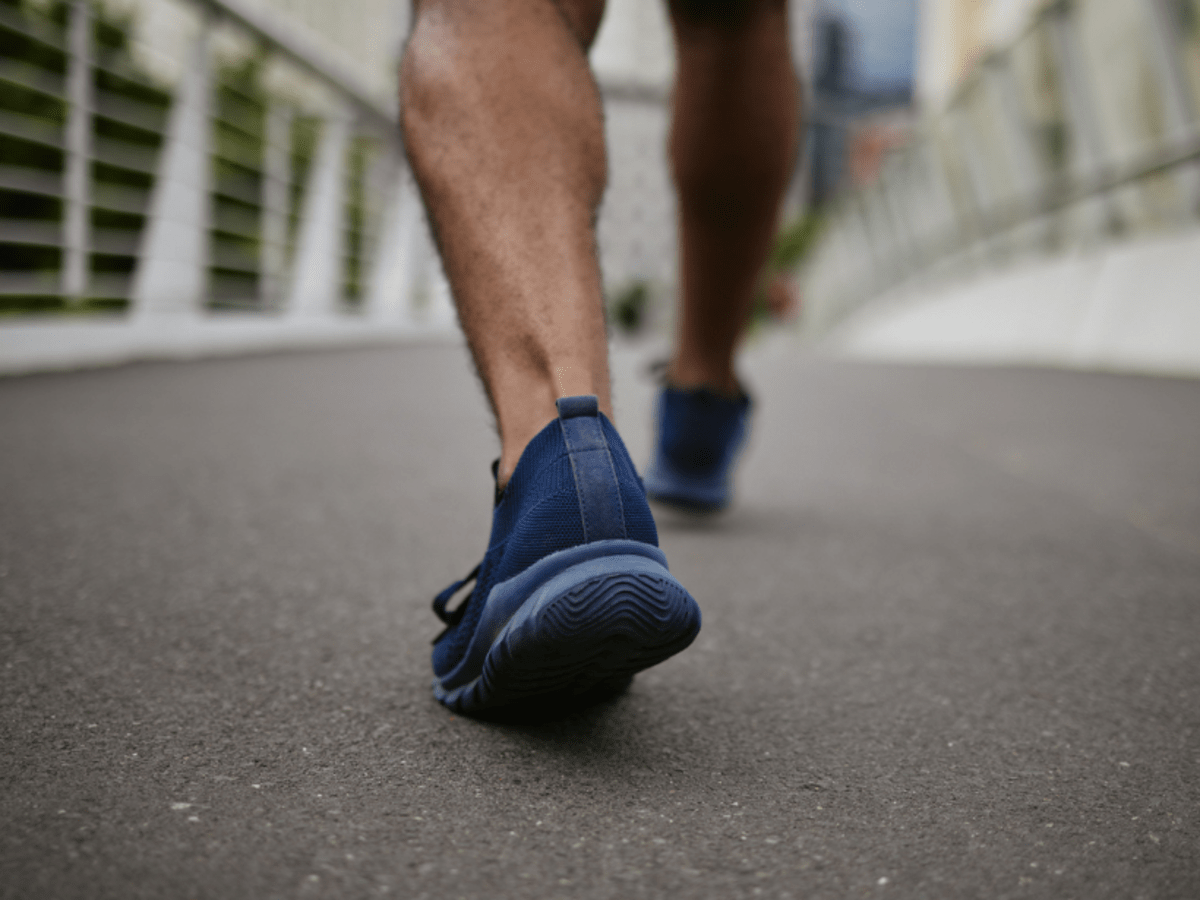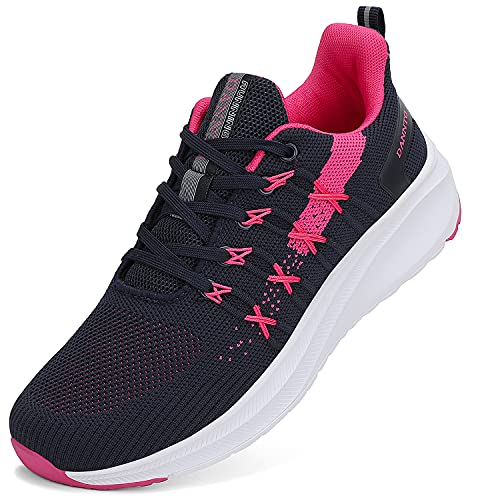Now Reading: Choosing the Right Running Shoes for Plantar Fasciitis A Comprehensive Guide
-
01
Choosing the Right Running Shoes for Plantar Fasciitis A Comprehensive Guide
Choosing the Right Running Shoes for Plantar Fasciitis A Comprehensive Guide

Are you an avid runner experiencing pain in your heels or the bottom of your feet? You may be suffering from a common condition known as plantar fasciitis. This condition can make running and other physical activities painful and uncomfortable, but with the right pair of running shoes, you can alleviate the symptoms and continue to pursue your passion for running. In this comprehensive guide, we will discuss everything you need to know about choosing the best running shoes for plantar fasciitis.
Understanding Plantar Fasciitis: Causes, Symptoms, and Treatment Options

Before diving into the world of running shoes, it is important to have a basic understanding of what plantar fasciitis is and how it is caused. The plantar fascia is a thick band of tissue that connects the heel bone to the toes, providing support to the arch of the foot. When this tissue becomes inflamed or irritated, it results in plantar fasciitis. This condition is most commonly seen in runners, but it can also occur in people who spend long hours on their feet, have flat feet, or are overweight.
The most common symptom of plantar fasciitis is sharp pain in the heel or arch of the foot, especially when taking the first steps in the morning or after prolonged periods of sitting or standing. Other symptoms may include stiffness and tenderness in the affected area, as well as swelling and redness. If left untreated, plantar fasciitis can significantly impact daily activities and hinder your ability to participate in sports or exercise.
There are various treatment options for plantar fasciitis, including rest, ice therapy, stretching exercises, physical therapy, and orthotic inserts. However, one of the most crucial aspects of managing plantar fasciitis is wearing the right pair of shoes. By choosing the correct running shoes, you can reduce the strain on your plantar fascia and minimize pain while running.
Essential Features to Consider When Selecting Running Shoes for Plantar Fasciitis

When selecting running shoes for plantar fasciitis, there are a few key features that you should pay attention to. These features will not only provide comfort but also provide support and stability to your feet.
Arch Support
As mentioned earlier, people with flat feet are more prone to developing plantar fasciitis. Therefore, it is essential to choose running shoes with good arch support to maintain the natural alignment of your foot. This feature helps distribute weight evenly across your feet, reducing the strain on your plantar fascia.
Cushioning
Another crucial feature to consider is cushioning. Look for running shoes with ample cushioning in the heel and midsole areas, as these are the areas most affected by plantar fasciitis. The cushioning will absorb shock and impact, reducing the strain on your feet and providing comfort while running.
Heel-to-Toe Drop
The heel-to-toe drop is the difference in height between the heel and the toe of the shoe. For individuals with plantar fasciitis, it is recommended to choose shoes with a lower heel-to-toe drop. A lower drop places the foot closer to the ground, promoting a more natural stride and reducing stress on the feet.
Fit and Size
It is crucial to choose running shoes that fit well and are the right size for your feet. Ill-fitting shoes can worsen the symptoms of plantar fasciitis and cause other foot problems. Make sure to try on different sizes and brands to find the perfect fit for your feet. Additionally, consider the width of the shoe, as wider feet may require wider shoes to prevent discomfort and blisters.
Stability and Motion Control
For runners with severe cases of plantar fasciitis, stability and motion control features in running shoes can be beneficial. These features help prevent overpronation (rolling inward of the foot) and provide additional support to the arch and heel areas.
Durability
Durability is another important factor to keep in mind when selecting running shoes for plantar fasciitis. Running shoes should be able to withstand your foot’s repetitive movements and the impact of running on various terrains. Make sure to choose shoes made of high-quality materials that can endure frequent use.
Top Brands and Models of Running Shoes Recommended for Plantar Fasciitis

Now that we have discussed the essential features to consider, let us explore some of the top brands and models of running shoes recommended for individuals with plantar fasciitis.
Asics Gel Kayano 27
The Asics Gel Kayano 27 is a popular choice among runners with plantar fasciitis. It offers excellent cushioning and arch support, making it suitable for long-distance runs. The Dynamic DuoMax Support System provides stability and motion control, while the FlyteFoam technology in the midsole provides comfort and shock absorption.
Brooks Adrenaline GTS 21
Brooks is a renowned brand known for its high-quality running shoes. The Adrenaline GTS 21 is designed for overpronation and offers excellent stability and support. The GuideRails Holistic Support System helps align your feet and prevent excess movement, reducing strain on your plantar fascia.
Hoka One One Bondi 7
The Hoka One One Bondi 7 is a great option for runners who need maximum cushioning and support. The shoe features a full-length EVA foam midsole, providing ample cushioning and shock absorption. The Early Stage Meta-Rocker also promotes a smooth heel-to-toe transition, reducing pressure on the heel and arch areas.
New Balance Fresh Foam 1080v11
The New Balance Fresh Foam 1080v11 is a versatile shoe suitable for runners with plantar fasciitis. It offers a combination of cushioning and stability, making it comfortable for both short and long-distance runs. The Ortholite sockliner also provides additional arch support, while the Fresh Foam midsole cushions and absorbs shock.
Tips for Choosing and Wearing Running Shoes to Alleviate Plantar Fasciitis Pain
Apart from selecting the right running shoes, here are some additional tips that can help alleviate pain caused by plantar fasciitis:
Replace your shoes regularly
Running shoes tend to lose their cushioning and support over time, which can worsen symptoms of plantar fasciitis. Make sure to replace your shoes every 300-500 miles to maintain their effectiveness.
Wear proper socks
Wearing moisture-wicking socks can prevent blisters and reduce friction, providing added comfort while running. Avoid wearing cotton socks, as they tend to retain moisture and can cause discomfort.
Stretch before and after running
Stretching exercises, especially those targeting the calf and foot muscles, can help relieve tension and tightness in the plantar fascia. Make sure to stretch before and after running to prevent further strain on your feet.
Use orthotic inserts
Orthotic inserts are specialized insoles that provide additional support and cushioning to your feet. These inserts can be used in conjunction with your running shoes to provide extra comfort and reduce pain caused by plantar fasciitis.
Alternate between different pairs of shoes
Having two or more pairs of running shoes and alternating between them can help extend the life of your shoes and prevent excessive wear and tear. Additionally, rotating between different types of shoes can provide varying levels of support and cushioning, preventing your feet from becoming too accustomed to one particular shoe.
Additional Lifestyle Modifications to Relieve Plantar Fasciitis
Aside from wearing proper running shoes, certain lifestyle modifications can also help alleviate symptoms of plantar fasciitis. These include:
Rest and ice therapy
Taking a break from strenuous activities and applying ice to the affected area can help reduce inflammation and pain. Make sure to rest your feet and use ice therapy for 15-20 minutes at a time, multiple times a day.
Lose weight
Excess weight can put added pressure on your feet, exacerbating plantar fasciitis symptoms. If you are overweight, losing weight can significantly reduce strain on your plantar fascia and improve symptoms.
Low-impact exercises
Incorporating low-impact exercises such as swimming, cycling, or using an elliptical machine can provide cardiovascular benefits without putting too much strain on your feet. These exercises can be an excellent alternative to running while managing plantar fasciitis.
When to Seek Professional Medical Advice for Plantar Fasciitis
While most cases of plantar fasciitis can be managed with rest and proper footwear, it is essential to seek professional medical advice if symptoms persist or worsen over time. Additionally, if you experience severe pain or difficulty walking, it is crucial to consult a doctor for further evaluation and treatment options. A podiatrist or orthopedic specialist may recommend additional treatments such as corticosteroid injections or physical therapy to help manage symptoms of plantar fasciitis.
Frequently Asked Questions (FAQs) Regarding Running Shoes and Plantar Fasciitis
- Can I still run if I have plantar fasciitis? Yes, it is possible to continue running with plantar fasciitis, but it is essential to choose the right running shoes and make necessary lifestyle modifications to prevent worsening symptoms.
- How long does it take to recover from plantar fasciitis? The recovery time for plantar fasciitis varies from person to person, but with proper treatment and management, it can take anywhere from a few weeks to several months.
- Can plantar fasciitis go away on its own? In some cases, plantar fasciitis may resolve on its own with rest and proper footwear. However, if symptoms persist, it is crucial to seek medical advice for further treatment options.
- Are there any exercises that can help alleviate plantar fasciitis pain? Stretching exercises targeting the calf and foot muscles can provide relief from plantar fasciitis pain. Additionally, low-impact exercises such as swimming or cycling can also be beneficial.
Conclusion
Plantar fasciitis can significantly impact an individual’s ability to run and engage in other physical activities. However, by choosing the right running shoes and making necessary lifestyle modifications, you can manage the symptoms and continue to pursue your passion for running. Remember to pay attention to essential features such as arch support, cushioning, and stability when selecting running shoes for plantar fasciitis. If symptoms persist or worsen, do not hesitate to seek professional medical advice for further treatment options. With the right approach, you can alleviate plantar fasciitis pain and get back to enjoying your runs.




















